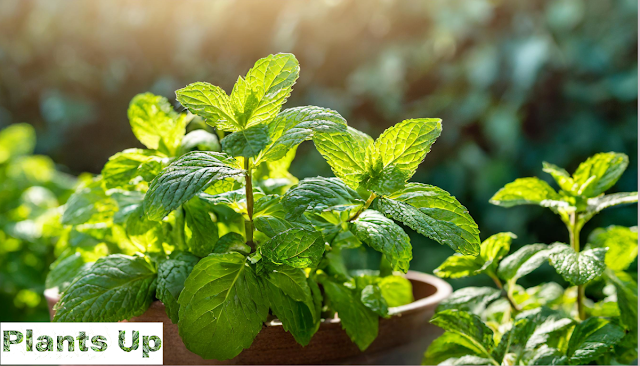 |
| Watering Indoor Plants |
Watering indoor plants is a crucial part of plant care. Proper watering techniques can help your plants thrive, while improper watering can lead to a host of problems like overwatering, root rot, and even death of the plant.
Here are some tips to help you water your indoor plants effectively:
Determine the watering needs of your plants: Different plants have different watering needs, and it's essential to understand how much water your plant requires. Some plants like succulents and cacti require less water, while others like ferns and tropical plants require more water.
Water your plants at the right time: The best time to water your plants is in the morning, as it allows the water to absorb properly and gives the plant enough time to dry out before nighttime. Watering at night can lead to prolonged moisture, which can create a favorable environment for pests and diseases.
Check the soil moisture level: Before watering your plant, check the moisture level of the soil by inserting your finger an inch or two into the soil. If it feels dry, it's time to water your plant. If it feels moist, wait a day or two before checking again.
Water thoroughly: When watering your plant, make sure to water thoroughly to ensure the entire root system is hydrated. Avoid watering just the surface of the soil, as this can lead to shallow root growth.
Drain excess water: After watering, make sure to drain any excess water from the saucer or tray beneath the pot. Leaving excess water can lead to root rot and other problems.
Use room temperature water: Using water that's too hot or too cold can shock your plants and cause stress. Make sure to use room temperature water for watering your indoor plants.
Some additional points
1. Consider the type of plant: Different plants have different watering needs. Some plants, like succulents, require less water than others, while tropical plants may require more frequent watering.
2. Water temperature: Using water that is too hot or too cold can shock your plants. It's best to use water that is at room temperature.
3. Drainage: Ensure that your pots have proper drainage to prevent waterlogging, which can lead to root rot.
4. Watering frequency: Watering frequency can vary based on factors like plant type, pot size, and humidity levels. As a general rule of thumb, it's better to underwater than overwater your plants. You can check if your plant needs water by sticking your finger into the soil to feel if it's dry.
5. Time of day: Watering your plants in the morning is ideal because it allows the plant to absorb the water throughout the day when it's most active.
6. Water quality: Using filtered or distilled water can help prevent the buildup of minerals in the soil, which can affect plant growth.
7. Mist your plants: Some plants, especially tropical plants, can benefit from being misted with water. This can help increase humidity levels and prevent the plant from drying out.
8. Avoid wetting the leaves: While misting can be beneficial, it's important to avoid getting water on the leaves of the plant. Wet leaves can lead to fungal growth and other plant diseases.
9. Use a watering can or hose nozzle: When watering your plants, using a watering can or hose nozzle can help control the flow of water and prevent soil erosion.
10. Be consistent: Try to water your plants on a consistent schedule to prevent underwatering or overwatering.
11. Water less in winter: Plants go through a dormant period in the winter and require less water. Be sure to adjust your watering schedule accordingly.
12. Watch for signs of overwatering or underwatering: Yellowing leaves, root rot, and wilting are all signs that your plant may be receiving too much or too little water.
These additional points can provide more detailed information on how to properly water indoor plants and help readers ensure that their plants are getting the proper amount of water.
By following these tips, you can ensure that your indoor plants are getting the right amount of water and are thriving. Remember, different plants have different watering needs, so it's essential to understand the watering needs of each of your plants. With proper watering techniques, you can help your plants grow healthy and beautiful.
Thanks for visiting Plants Up!
